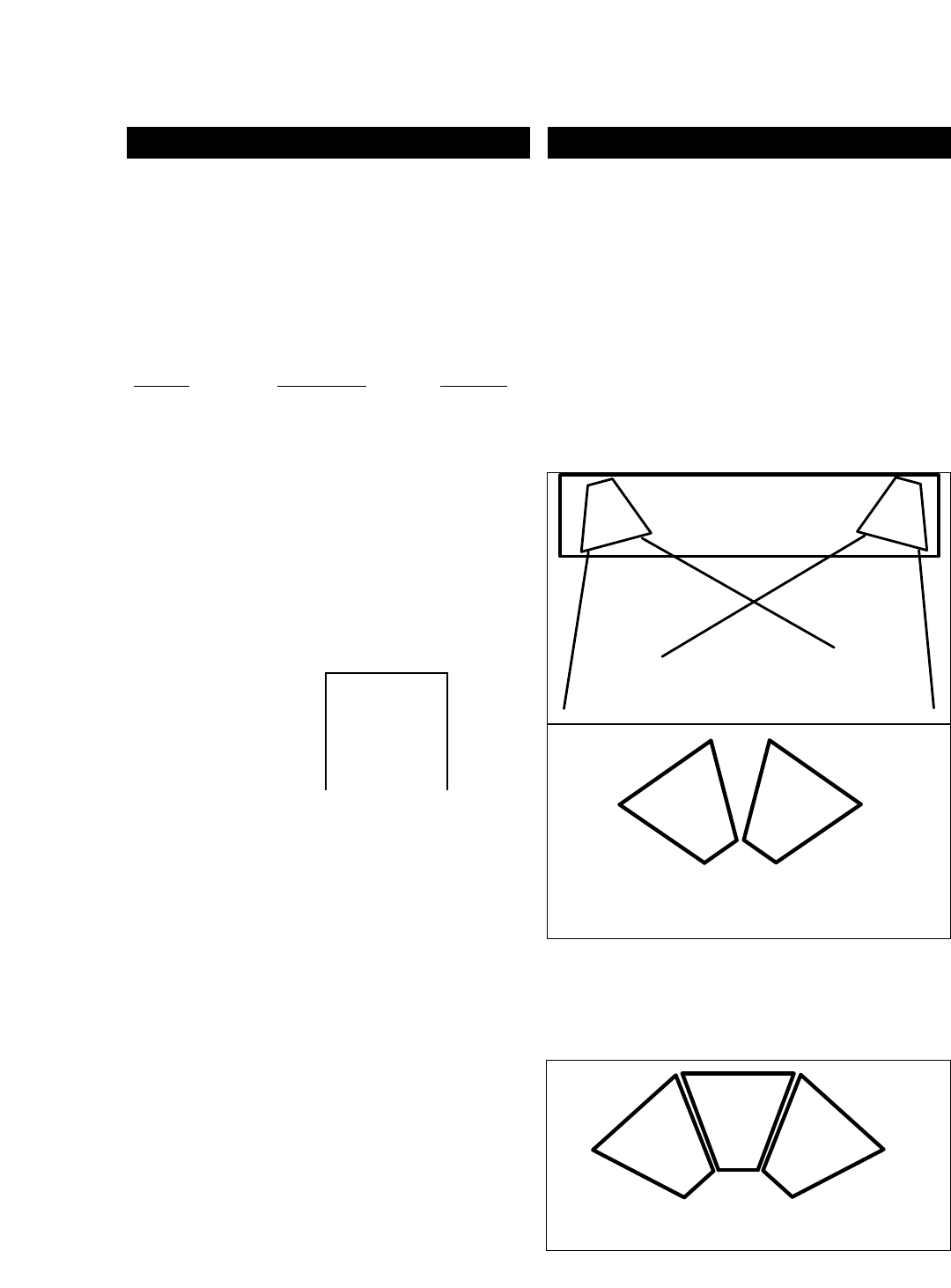
4
In normal operation (using the passive internal
crossover), the 1/4" jacks and the Speakon
™
Connectors are wired in parallel allowing any one of
the connectors to be used as an input and any other
as an output. This allows "daisy chaining" of multiple
loudspeakers, eliminating the need for several long,
cumbersome runs of speaker cable. During normal
mode, the connections are as follows:
Polarity Phone Jack Speakon
™
Positive (+) Tip 1+ and/or 2+
Negative (-) Sleeve 1- and/or 2-
When the switch on the back of the speaker is in the
bi-amp mode, the internal crossover and high
frequency attenuator are disabled. Thus, an external
crossover must be used with the speaker and two
channels of power amplification will be required: one
for the low frequencies and another for the high
frequencies. In bi-amp mode, the connections are as
follows:
IMPORTANT: If the crossover switch is set to
external, DO NOT plug a full range signal into the
High Frequency input. Doing so will destroy the
compression driver.
The placement of any speaker can dramatically affect
its sound. Thus, there are several considerations to
review when placing loudspeakers.
First, the range of the horizontal coverage should be
determined. If the speaker will be used as a single unit,
as part of a pair, or as part of a group of widely spaced
enclosures, then maximum horizontal coverage will be
desired. Examples of these types of setups are
shown. No changes to the speaker are needed using
these configurations. The horn in this configuration
has a horizontal coverage angle of 90º and a vertical
coverage of 40º.
If the speaker is part of a tightly packed array (see figure
below), the coverage pattern should be modified to
reduce overlapping radiating patterns of multiple drivers.
(See the section on "Horn Inserts" for more information.)
CONNECTIONS
Frequency
Lows
Lows
Highs
Highs
Polarity
Positive (+)
Negative (-)
Positive (+)
Negative (-)
Phone Jacks
Left
N/A
N/A
Tip
Sleeve
Right
Tip
Sleeve
N/A
N/A
Speakon
1+
1-
2+
2-
SETUP SUGGESTIONS
2915
Two speakers arranged as a mono or stereo
pair requiring maximum horizontal coverage
Audience
Stage
2915
2912
2912
Two speakers in a "loose pack" array
requiring maximum horizontal
coverage
30º
2912
2912
2912
A "tight-pack" array requiring a 60º
horizonal dispersion pattern










